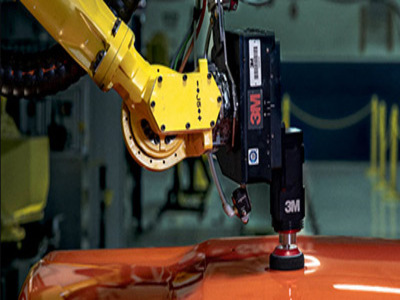
.jpg) In today’s fast-evolving industrial landscape, manufacturers are increasingly turning to automation to meet demands for speed, quality, and cost-efficiency. Add to this the scarcity of manual labor, and grinding and finishing tasks can no longer afford to be the tedious, manual endeavors that once were commonplace.
In today’s fast-evolving industrial landscape, manufacturers are increasingly turning to automation to meet demands for speed, quality, and cost-efficiency. Add to this the scarcity of manual labor, and grinding and finishing tasks can no longer afford to be the tedious, manual endeavors that once were commonplace.
Even within the realm of robotic grinding and finishing, times are changing. Once limited to repetitive, high-volume tasks, automated grinding and finishing is being transformed by advancements in artificial intelligence (AI) and smart vision systems. A growing demand for high-mix manufacturing is pushing for smarter, more flexible capabilities, and these technologies are redefining what’s possible in surface finishing making processes more precise, adaptive, and scalable.
Whereas traditional robotic grinding and finishing systems rely on preprogrammed paths and rigid fixturing fine for simple, consistent parts 2D and 3D sensors combined with machine learning algorithms enable robots to better see and understand their environments and the parts they’re working on, enabling them to make decisions about complex tasks. The robots are more adept at identifying part orientations, but they can also better adapt to surface defects and other variabilities.
Key Technology Trends Contribute to Advances
Instrumental to these latest advances in robotic grinding and finishing is the integration of 3D vision, which is becoming increasingly sophisticated — providing high-resolution depth data to guide robotic arms in real time. With 3D vision, robots can scan each individual part and tailor their grinding or polishing paths accordingly.
Combined with the vision, AI is being used to optimize tools paths for efficiency and surface quality. By analyzing part geometries and desired finishes, AI can generate or refine movement strategies that reduce cycle time, tool wear, and energy consumption.
Smart vision and AI combined also enable robots to detect surface defects such as scratches, burrs, or inconsistent finishes. Some systems can automatically correct those defects within the same cycle, reducing reliance on human inspection or secondary processes.
Digital twins and simulation get into the game as well. With a virtual twin of the robotic system and its tasks, engineers can test grinding strategies in a simulated environment using AI models before deploying them on the shop floor greatly reducing trial and error.
While cloud-based AI systems can analyze aggregated data across multiple work cells, edge computing is enabling faster, local decisions on the factory floor. With both cloud and edge AI, processors can achieve real-time adaptation along with long-term optimization.
Robotic Grinding Put into Practice
A range of industries can be well served by these advancements in robotic grinding and finishing. From the finishing of turbine blades in aerospace with smart vision guidance to AI-powered finishing systems for surgical instruments and implants, AI and smart vision systems are advancing a wide range of surface finishing processes.
In the automotive industry, robotic grinding systems equipped with AI are being used to deburr transmission parts and polish high-gloss trim components, adapting to slight dimensional variances without manual adjustment. High-end electronics and appliance manufacturers are using AI-enabled robots to polish stainless steel and aluminum surfaces to exact aesthetic standards.
Several robotics companies have deployed systems combining AI and smart vision. GrayMatter Robotics is a rising player in this space, known for deploying AI-powered robotic systems for surface finishing tasks like sanding, polishing, grinding, and deburring. The company specializes in smart robotic cells that adapt to variable parts and surfaces using advanced vision and motion planning algorithms.
For example, GrayMatter’s systems have been deployed to finish large, curved composite parts such as boat hulls or aerospace panels. These parts often vary in shape and size, making traditional automation difficult. However, the AI-driven system with 3D vision can scan the surface, plan a custom path, and carry out polishing or sanding with real-time force control.
The system not only provides a consistent finish across varying geometries, but it also reduces cycle time and lower ergonomic strain on workers.
Contact force control is an important part of the equation, and there are companies specializing in getting this right.
FerRobotics, with its Active Compliant Technology, enables robots to maintain precise and consistent contact with surfaces during grinding, sanding, polishing, and deburring applications. Equipping robots with a sense of touch and adaptable pressure control helps robots deal with real-world surface variability.
While FerRobotics tools are not AI-based themselves, they integrate seamlessly with AI and vision platforms. This allows robotic cells to detect part orientation or defects, choose appropriate sanding/grinding paths, and adjust pressure dynamically using force control making the technology a crucial enabler for smart robotic finishing cells.
CTO Robotics
CTO Robotics is a global media and consulting company dedicated to robotics, automation, artificial intelligence, and emerging technologies. We create high-impact content that reaches engineers, decision-makers, and innovators worldwide. Through articles, videos, social media campaigns, and community-driven storytelling, we help companies showcase their technologies, strengthen their brand, and connect with the right audience. Much like Interesting Engineering or Wevolver, our mission is to bridge the gap between technology providers and industry professionals — turning innovation into visibility, and visibility into growth. 👉 Whether you are launching a new product, building your brand, or looking for global recognition, CTO Robotics is your media partner for exposure, credibility, and business opportunities.
All stories by: CTO Robotics
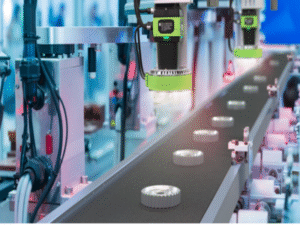
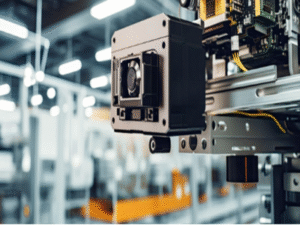

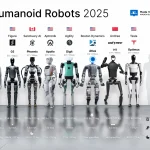
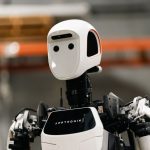

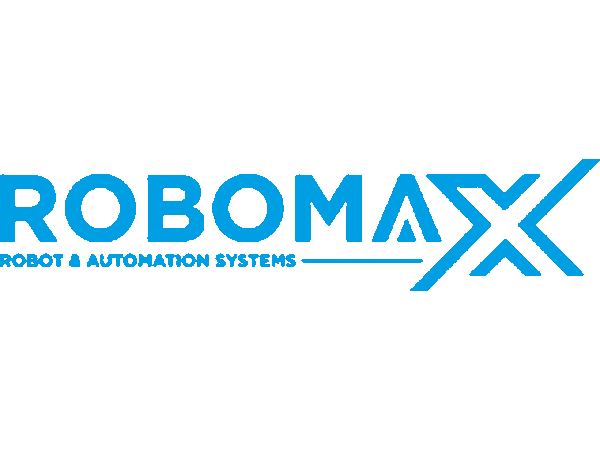
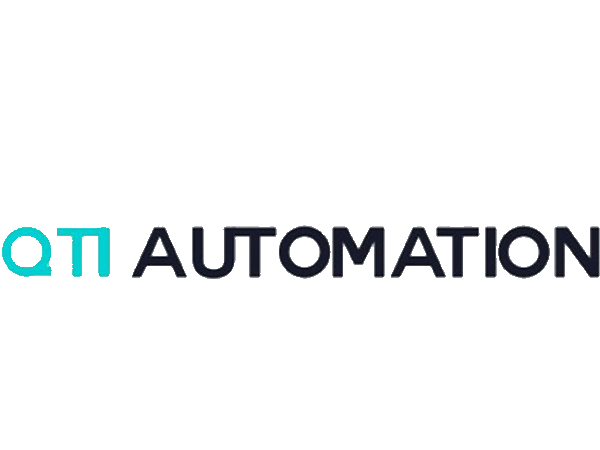
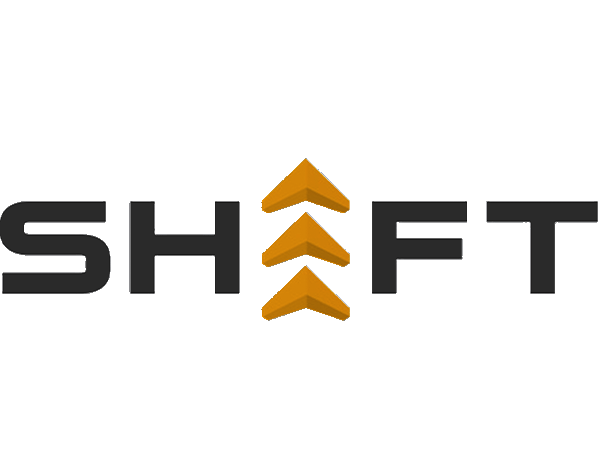


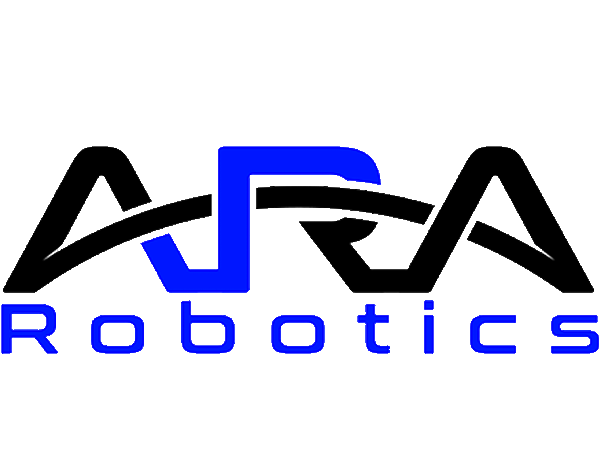
0 Comments